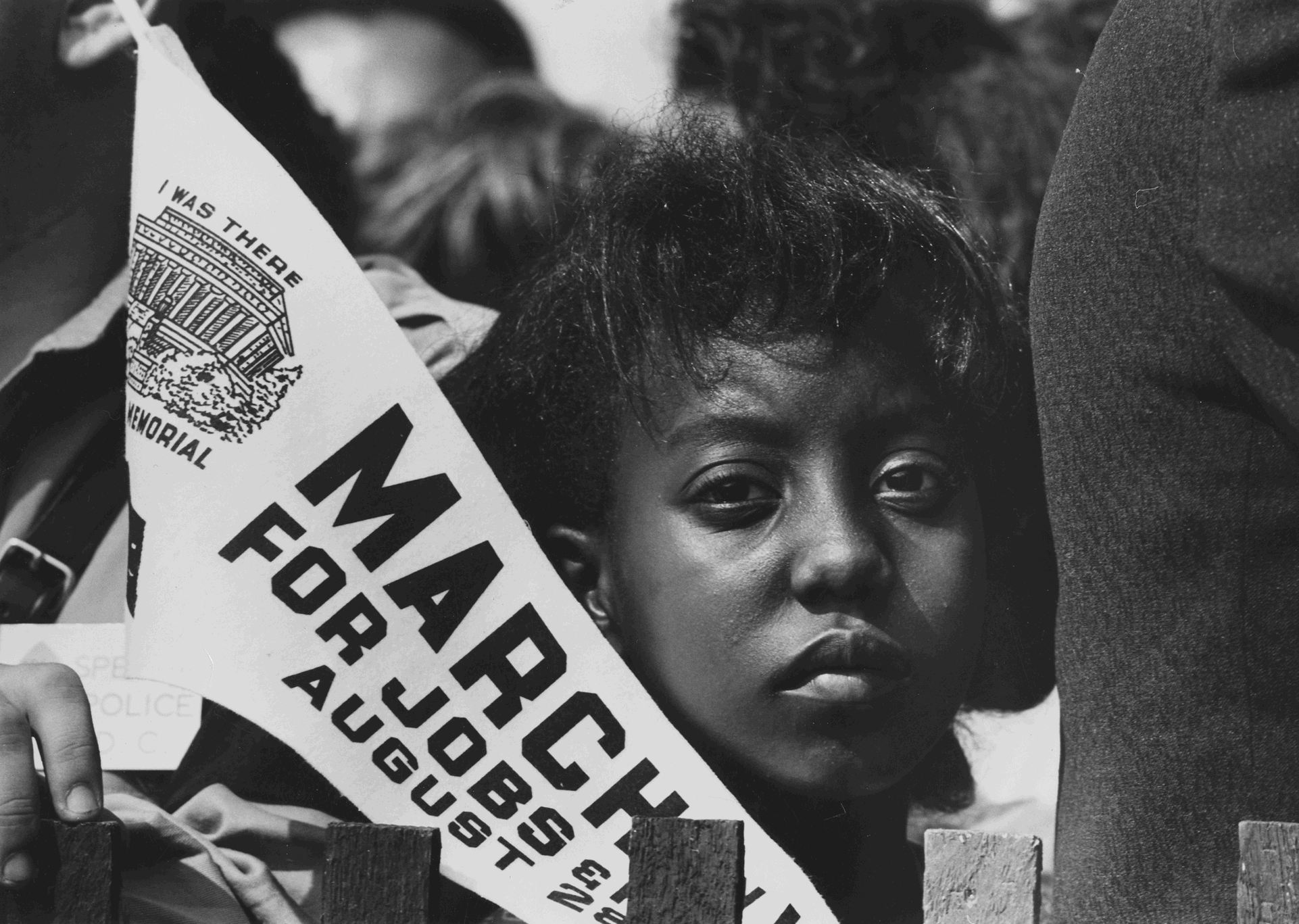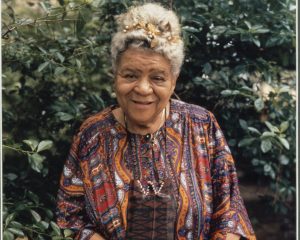“Race, Racism, and Southern Myths”
by William Sturkey
“In 2010, two historians edited a collection of thirteen essays written by white historians about “The Myth of Southern Exceptionalism.” Admittedly, I am not fully aware of the process of selecting the contributors to this volume, nor am I suggesting that this is an isolated intellectual exercise. In publications and conference rooms across the world—including those on my own campus—scholars of all racial and ethnic backgrounds have debated the notion of Southern distinctiveness. The most common device employed in such debates is the observation that racial segregation, oppression, and activism also existed outside the South.
For millions of African Americans, however, there has never been any question that the South is indeed exceptional. The South’s exceptionalism exists in Black memory and imagination because it is the only place in the United States where such high numbers and percentages of the Black population were enslaved. Further, it is the only place in the United States where the Southern system of racial apartheid known as Jim Crow pervaded Black life for nearly one hundred years after Emancipation.
When Mississippi migrant, Gus Courts, testified to a Senate Subcommittee in 1957, he called himself and other Black migrants, “American refugees from the terror in the South.” A voting rights activist, Courts fled Mississippi for Chicago soon after he was nearly killed in a drive-by shooting in retribution for his activism. One of Courts’ closest friends, Reverend George Lee, had been killed just six months prior. In Chicago, as in Mississippi, Gus Courts was not free to live anywhere he wanted because he was Black. Nonetheless, Courts saw the South as exceptional because of the pervasive state-supported and community organized anti-Black violence that undergirded Southern Jim Crow. In Chicago, unlike Mississippi, he could at least vote without being shot.

